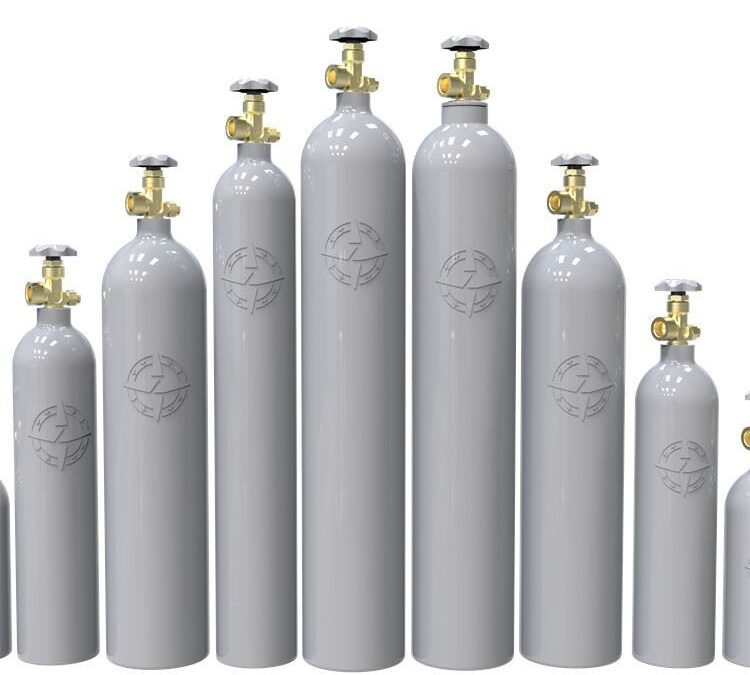Metal fabrication is a crucial process in various industries, encompassing activities such as welding, cutting, and shaping metal materials to create structures and components. One indispensable tool in the metal fabrication toolkit is the use of argon gas cylinders. Argon, an inert gas, offers unique properties that significantly enhance the efficiency and quality of metal fabrication processes.
Argon Gas and its Properties:
Argon is a colorless, odorless, and non-reactive gas, belonging to the noble gas group on the periodic table. Its inert nature makes it an ideal choice for various applications, especially in metal fabrication. Argon is denser than air, which means it displaces oxygen and other reactive gases from the welding or cutting area, creating a shielded environment. This shielding effect prevents oxidation and ensures a clean, high-quality metal fabrication process.
Welding Applications:
One of the primary applications of argon gas cylinders in metal fabrication is in welding processes. Argon is commonly used as a shielding gas in both Gas Tungsten Arc Welding (GTAW or TIG) and Gas Metal Arc Welding (GMAW or MIG). In TIG welding, argon shields the welding arc, preventing atmospheric contaminants from affecting the weld pool. In MIG welding, argon is often mixed with other gases to enhance stability and improve the quality of the weld.
Reducing Oxidation:
One of the challenges in metal fabrication is the potential for oxidation, especially when working with reactive metals such as aluminum and titanium. Argon, with its inert properties, creates a protective barrier that prevents oxygen from reacting with the metal surface. This reduction in oxidation results in cleaner welds and improved mechanical properties of the fabricated metal, contributing to the overall strength and durability of the finished product.
Improved Welding Precision:
Argon’s stable arc characteristics contribute to better control and precision during the welding process. Welders can achieve finer and more accurate welds due to the stability of the arc provided by argon shielding. This is particularly important in industries where precision is critical, such as aerospace and automotive manufacturing.
Enhanced Cutting Processes:
Beyond welding, argon also finds application in metal cutting processes. In plasma cutting, argon is used as a plasma gas to create a high-temperature plasma arc that melts and cuts through metals. The use of argon in plasma cutting results in cleaner and more precise cuts, minimizing the need for post-cutting finishing processes.
Conclusion:
Argon gas cylinders play a pivotal role in enhancing metal fabrication processes by providing a protective and stable environment during welding and cutting operations. The inert nature of argon prevents oxidation, improves precision, and contributes to the overall quality of the fabricated metal products. As technology continues to advance, the use of argon in metal fabrication is likely to remain a cornerstone, driving innovation and efficiency in various industries.

